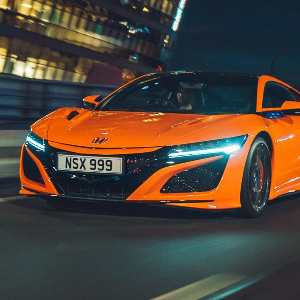
Despite being one of the best-handling executive saloons on the market the Jaguar XF has always come runner up to its German rivals. This new 2021 version addresses the areas in which it was lacking in but remains a joy to drive, and it’s significantly cheaper than before. But will that translate to more sales success?
The Jaguar XF serves as slightly depressing proof that these days people don’t really care about how a car drives, at least not nearly as much as they do about what the interior looks like and how slick the infotainment system is. Maybe it isn’t something to get depressed about on reflection: the fact is very few cars drive terribly and with the XF we’re discussing the executive saloon market. People who spend their days in glass-fronted offices with a view of the Thames and a pot plant in the corner naturally expect to be pampered by their car during the commute, and the 5pm slog back to the home counties doesn’t exactly lend itself to high speed cornering.
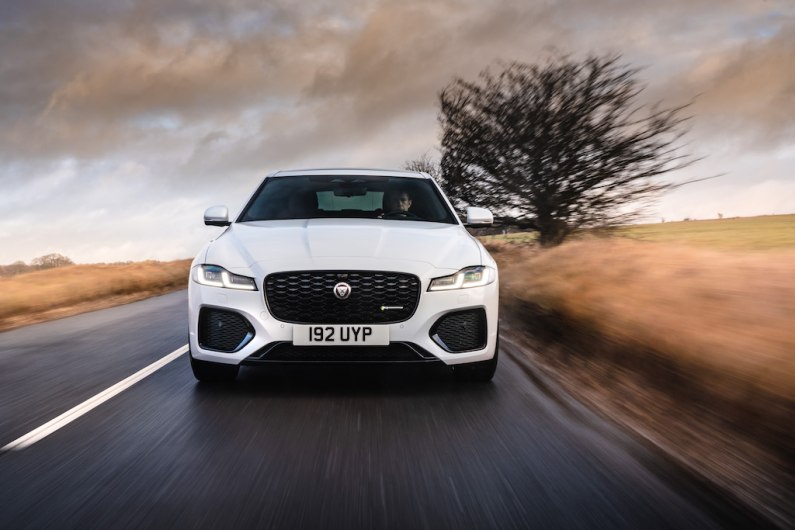
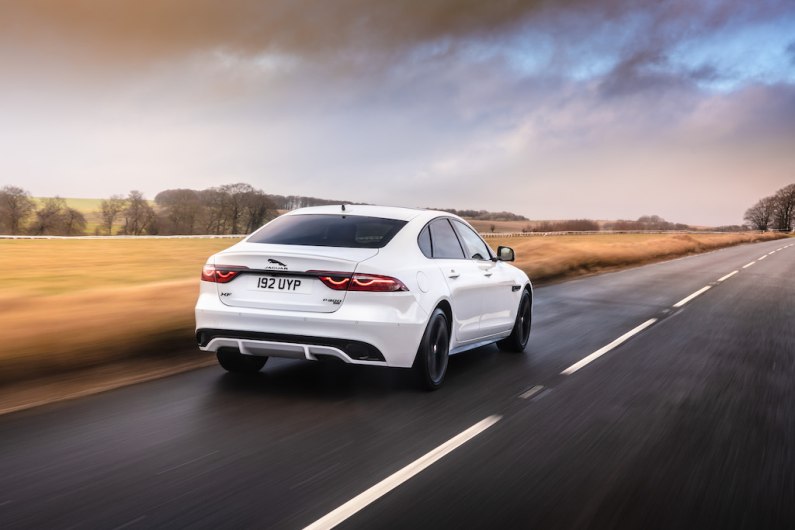
I mention all this because the Jaguar XF has always been a great car to drive, arguably the best in its class, but it has never given the BMW 5 Series, Audi A6 or Mercedes E-Class even the most fleeting of threats when it comes to sales. And in the past that’s almost certainly been due to a combination of having a slightly sketchy infotainment system and a rather bland interior. Yes, badge snobbery always plays a part when talking about this end of the market, but we would argue the Jaguar nameplate still carries a hell of a lot of prestige.
Under the leadership of new gaffer Thierry Bolloré, Jag’s entire roster is having a thorough overhaul in these two key areas: infotainment and interior design. Now is the XF’s turn and while this represents only a facelift for the model, the improvements are significant. More so than ever before the XF deserves our attention.
Working on the assumption that this review’s opening statement is accurate, let’s start with the bit people care most about: the interior. The last XF was comfortable and luxurious in terms of materials, but it was undeniably bereft of any sense of occasion. You’re paying £33K-plus for a car: while that’s significantly cheaper than the German rivals it’s still steep enough that you have the right to feel like it’s money well spent. Stepping into the new XF feels every bit as special as it should. Swathes of softer-than-soft leather are found everywhere your fingers go, but also in places they don’t, which gives the car a no-expense-spared feeling. The cabin is spacious and airy and peppered with nice touches and attention to deal, such as the raised stitching on the leather panels.
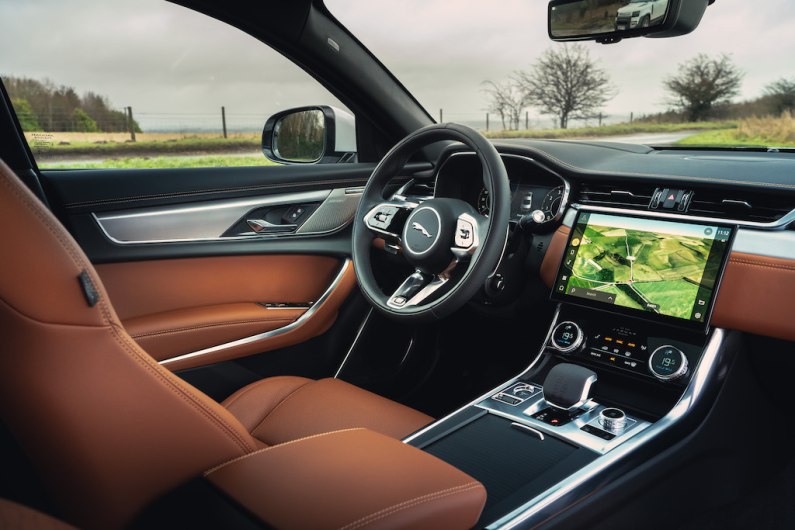
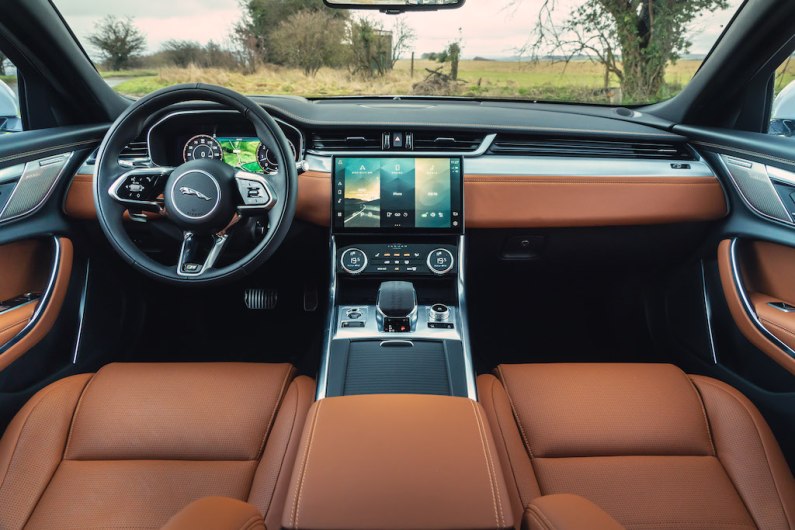
The drive selector is wrapped in leather and is big enough to fill the palm of your hand, and it shifts from drive, neutral and reverse with reassuring clicks. Jaguar says the stitching on it has been inspired by a cricket ball, which is possibly the most Jaguar thing Jaguar has ever said. Everything feels that bit more solid and robust than it did on the last car, even the climate control dials which, although at first slightly confusing as the heated seats, blower speed and temperature are all controlled via one dial, are large and purposeful. And they keep the on-the-move business of getting comfortable away from the infotainment system.
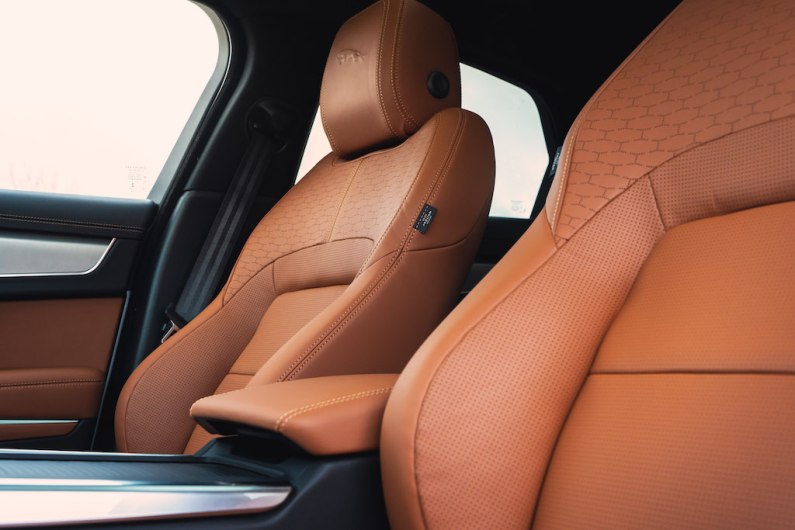
The centre console is all-new, the diver’s armrest is large and plush and the perforated leather seats are deep and supportive with a large range of movement. It’s an executive armchair, just without the pot plant and view of the Thames. The XF’s occupants are numbed to the hubbub of wheel rumble, suburban roadworks and noisy BMX-riding youths in the less salubrious parts of town by the Active Noise Cancellation system, while a cabin air ionisation function filters out all the airborne nasties, of which there are a few about according to the news (please note: Jaguar does not claim this car is COVID-proof, we’re just having fun).
Ask most people under the age of 30 and they will wholeheartedly agree with the following statement: a car’s interior is only as good as its infotainment system. While we can’t imagine many under-30s rushing out to buy a XF, Jag’s luxury saloon has been brought much closer to the BMW 5 Series in terms of infotainment via the addition of the new Pivi Pro system. Jaguar prefers to design its own infotainment, and in the past that hasn’t always worked out. One of the longer term test cars is a MY20 Jaguar F-Pace, so you don’t need to tell us about the frustrations of the old system, which has a habit of turning itself off or dropping your phone from the Bluetooth without warning.
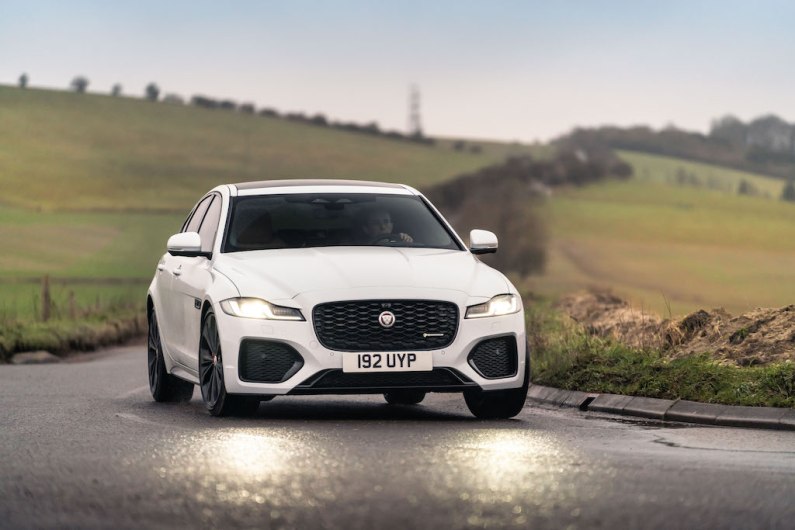
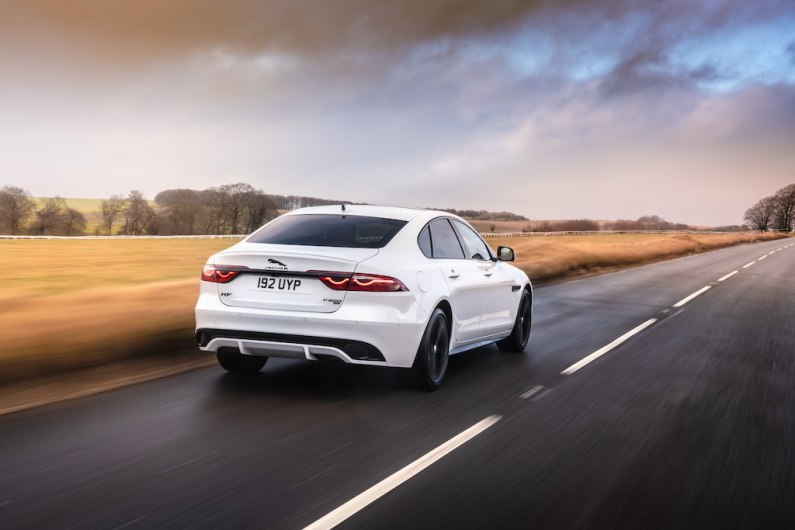
The new Pivi Pro looks beautiful, with an 11.4-inch curved HD screen taking centre stage in the cabin which has been chemically strengthened and coated so you can wipe away grubby finger marks more easily. Even the colour palette of muted greys, greens and beiges adds class, and the fact that it learns your preferences and frequently-used functions speaks to its sophistication. Unlike the old version, the response time is lightning-fast and most functions are no more than two clicks away. Using its own devoted power system it doesn’t take an age to boot up either. It also comes with an embedded modem which means updates can be performed over-the-air and you can check fuel levels and pre-set a cabin temperature via an app.
Running through the exterior changes, the XF now has Jag’s ‘double-J’ signature LEDs, new front and rear bumpers with lower air intakes at the front and a new, bolder grille. Apart from the odd addition of a Jaguar logo here and there there’s not much more to tell you, but the XF’s problem was never how it looked.
So how does it drive? Those who still care about these things will be pleased to know the XF has lost none of its on-road athleticism: it’s still very well balanced and responsive for a car of its size. While a BMW 5 Series these days offers just as much enjoyment on the B-road, the Jag in P300 form – 2.0-litre turbocharged four-cylinder petrol producing 296bhp - offers plenty of hustle (0-62mph in 6.1-seconds). Steering is direct and well-weighted, grip is plentiful and body roll is almost non-existent. Pothole and bumps can be a bit intrusive, but that probably has more to do with the 20-inch glamour wheels our test car was fitted with than it does the damping. The eight-speed automatic gearbox isn’t as sharp and decisive as the dual-plate clutch you’ll find in an Audi but it does the job well enough.
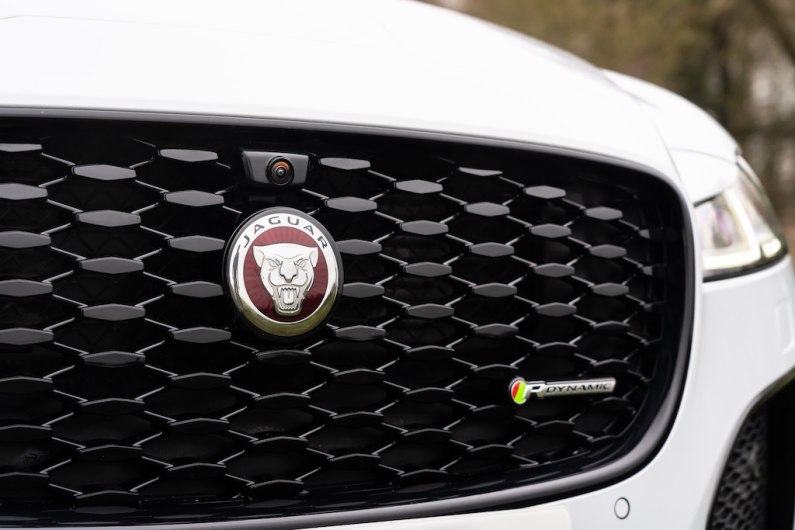

The key takeaway is the fact Jaguar has managed to maintain a comfortable and serene driving experience without sacrificing handling dynamics. You might not like the feeble noise of the four-cylinder engine, and unfortunately at the moment there is no option for those who want the rasp of a six-cylinder. On the subject of engines, a simplified line-up of two petrols and one diesel makes things that much easier to understand. The diesel unit is Jag’s 2.0-litre turbo mild-hybrid which is 22bhp more powerful than the old diesel. The P200 petrol is 248bhp and comes with rear wheel drive only, while the 296bhp P300 can also be optioned with all-wheel drive.
The 2021 Jaguar XF has played a significant game of catch up, and now offers an infotainment system on a par with that found in the BMW 5 Series and a cabin as luxurious as the Mercedes-Benz E-Class. It is a far more engaging drive than the Audi A6, and always was. Question is: will the improvements be reflected in the sales? The fact that Jaguar has been able to reduce the starting price by £2,410 and therefore massively undercut Audi, BMW and Mercedes should certainly help. In fact, the XF’s starting price of £32,585 is only a grand more than the starting price of a much smaller 3 Series. We know what we’d rather have for the money.
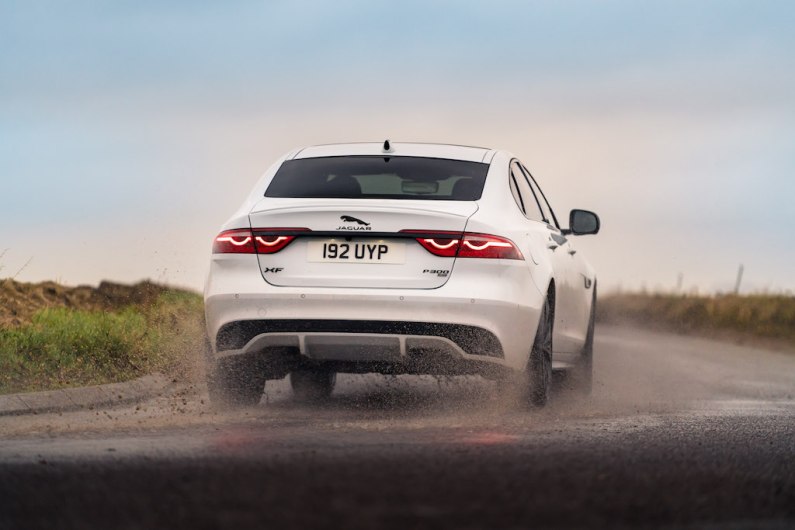
Model tested: Jaguar XF P300 R-Dynamic SE
Price as tested: £41,850
Engine: 2.0-litre turbocharged 4-cylinder
Power: 296bhp and 400Nm
0-62mph: 6.1 seconds
Top speed: 155mph
MPG: 32.9
CO2: 193g/km
